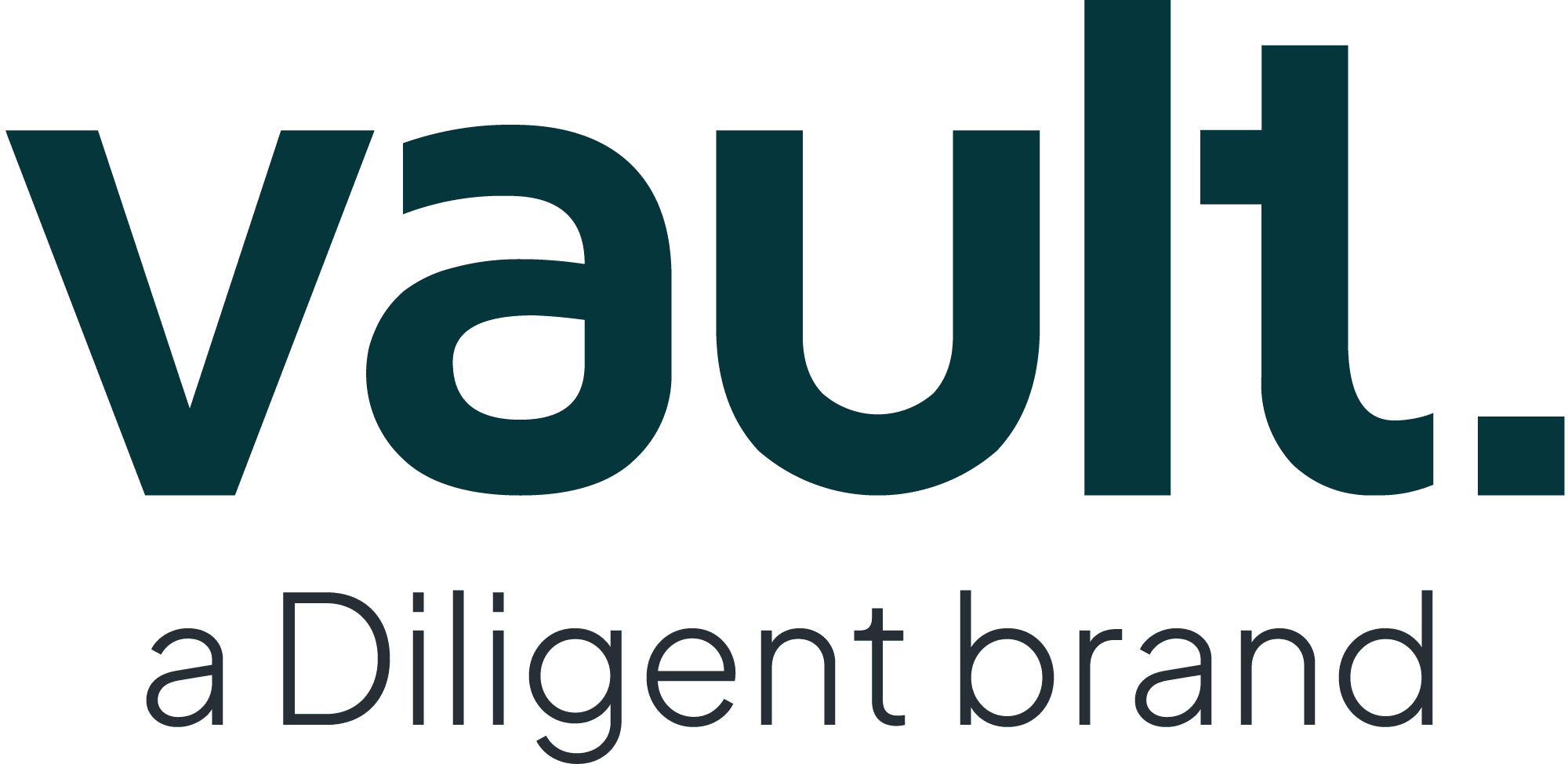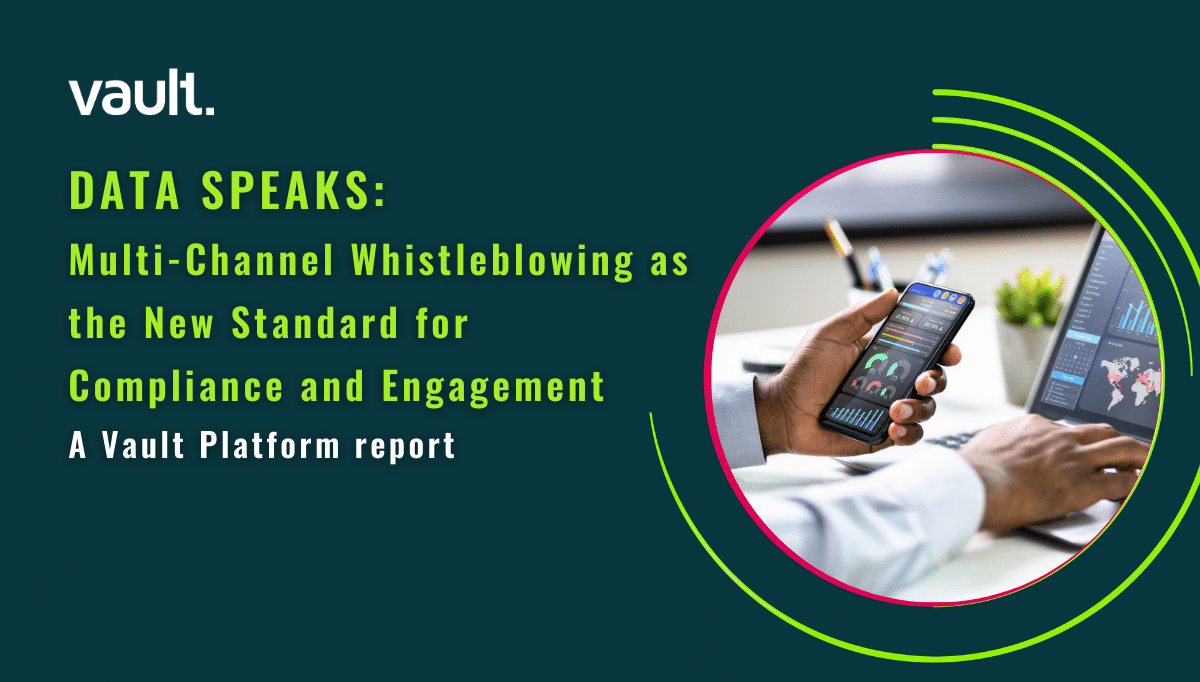
It’s crucial for organizations that support a speak-up, listen-up culture to offer a range of reporting methods to employees who experience or witness misconduct. One such option is to allow misconduct reporters to approach an E&C professional directly.
If you’re involved with 1:1 interactions with misconduct reporters, whether virtually or in person, we’ve got five handy tips to share to help you make the most of your discussions.
1. Ask the right questions
This may seem like an obvious one, but it’s crucial that you get as much information as you can for the report and subsequent investigation by asking the right questions. When and where the incident occurred are of course important, but also questions such as whether the reporter has any physical evidence of the incident they can share (e.g. emails, photos, or notes), whether they’re aware of anyone else who witnessed or experienced the incident or behavior, and how the incident has affected the reporter both in and out of work. Getting as much information and evidence as you can from the 1:1 will help to build a picture of what occurred and get your investigation off the ground.
2. Be Empathetic to Reporters
Reporters need to know that the company values and respects them and is empathetic to their situation and the impact the incident had on them. As the individual they’ve approached about the incident, your empathy towards their situation will likely make a huge difference to how positively they perceive the wider organization. You may also consider emphasizing how seriously the business takes harassment, discrimination, bullying, and other forms of misconduct and reiterate that these are against the organization’s policies and values.
3. Reassure Reporters That Retaliation Will Not be Tolerated
The Ethics & Compliance Initiative’s (ECI) 2021 Global Business Ethics Survey found that pressure to compromise standards is the highest it has ever been and retaliation rates have skyrocketed, increasing by 35% since 2017.
It’s important to reassure reporters that retaliation, including termination, demotion, and colleagues acting unprofessionally towards them, will not be tolerated by the business and that the reporter can approach you again should any act of retaliation occur.
4. Submit a Manual Report
Customers of Vault Platform can manually create reports inside the Resolution Hub that come through channels outside of Vault, such as those reported verbally. You can create manual reports during or following a 1:1 with a reporter.
To create a manual report, navigate to your Resolution Hub report list view where you’ll find the ‘Add Report’ button at the top right. You can then select a report type, add the reporter’s details, and either use the employee directory if the individual is happy to submit a named report, or leave blank or enter alternate contact information for anonymous reporters.
5. Follow Up with Reporters (If Appropriate)
Prior to finishing up a 1:1 with a reporter, be sure to ask if they’d be comfortable with you following up with them, even just to tell them how the investigation is going. For example, one of the decisions that may follow the conclusion of a misconduct report is improving managers’ sensitivity training to help them recognize different forms of discrimination, bullying, and harassment in the workplace. Letting the reporter know that this decision has been made, even if they aren’t a manager or directly impacted by the changes implemented, will help to ensure they know how seriously the business has taken their report.
Many reporters may feel frustrated if they don’t have any exposure to how the investigation is going or whether any changes have already been implemented. If an employee feels that they have not been heard internally, they may post about misconduct on social media platforms, such as Twitter, which could be extremely damaging to a brand’s reputation both internally and externally.
Looking for an all-in-one system of record where all reports can be safely captured, tracked, and resolved centrally? Book a demo today.






